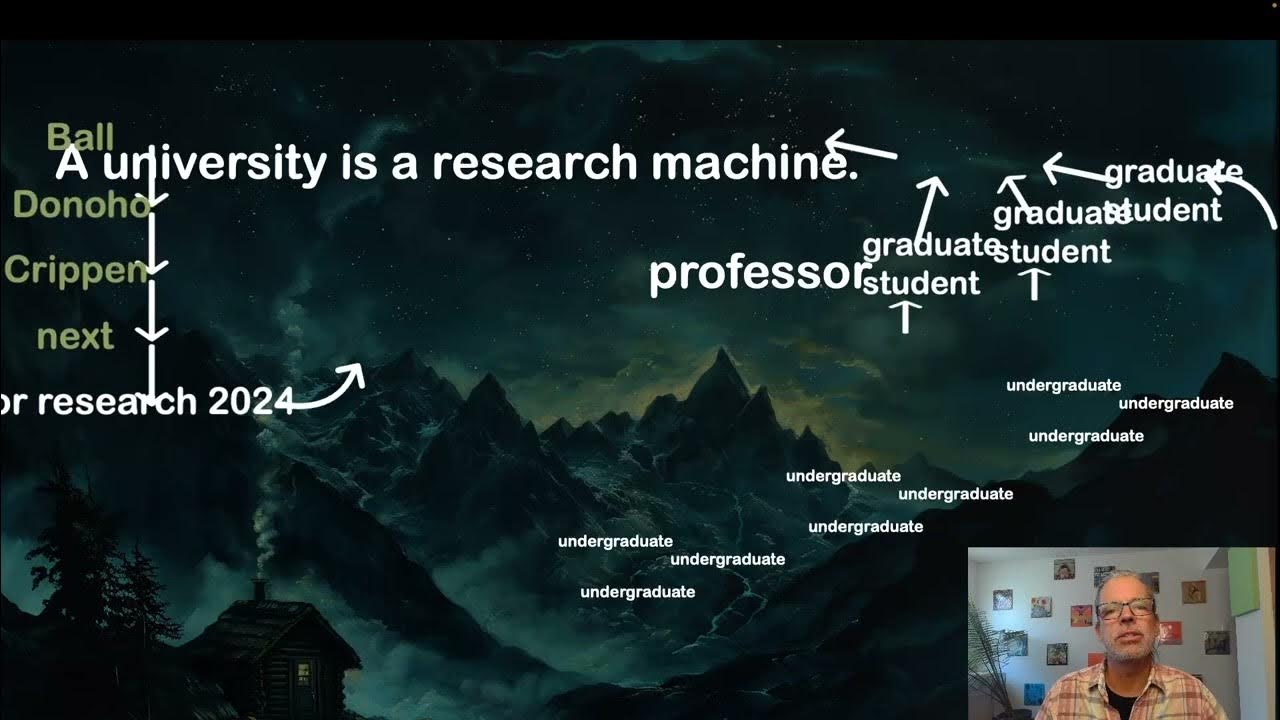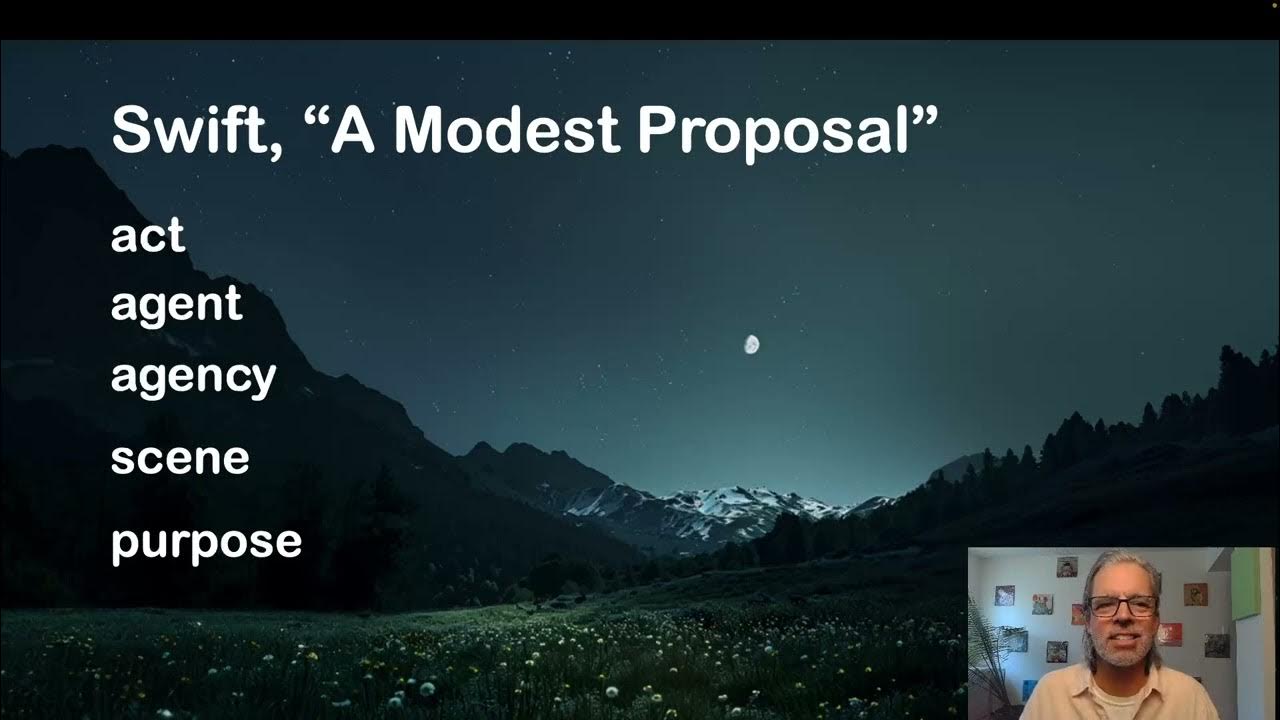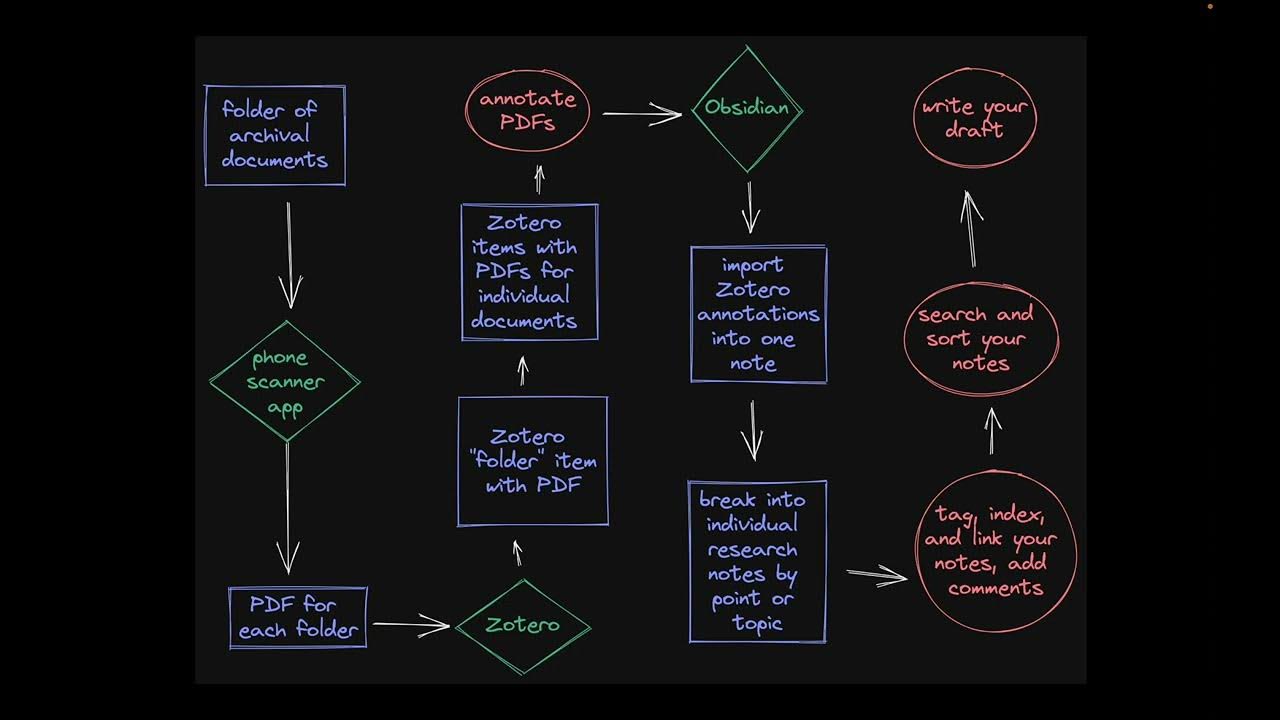How to Read a Paper Efficiently (By Prof. Pete Carr)
Summary
TLDR教授Pete Carr分享了他38年在明尼苏达大学指导研究生的经验,并提出了一种高效的阅读科学论文的方法。他强调不要从头到尾按顺序阅读,而是应先浏览关键词、摘要和结论来判断论文是否值得深入阅读。他还建议查看图表和数据,阅读引言以获取背景信息,最后深入结果和讨论部分。Carr教授还提倡在阅读后做笔记,以便将来回顾和应用于自己的研究工作。
Takeaways
- 📚 阅读科学论文前,应先快速浏览以判断其是否值得深入阅读。
- 🔍 利用关键词服务可以帮助你根据兴趣筛选相关论文。
- 📈 摘要是了解论文的最重要部分,应优先阅读。
- 🎯 跳过中间部分,直接查看结论,以快速判断论文的相关性。
- 📊 观察表格、图形和标题可以快速了解研究的主要发现。
- 📖 如果决定深入阅读,从引言开始,以获取必要的背景信息。
- 🔍 引言部分解释了研究的动机和目的。
- 🌟 结果与讨论部分是论文的核心,应投入大部分时间阅读。
- 🔧 如果论文极其相关,深入研究实验部分以了解具体的操作和方法。
- 📝 阅读完论文后,建立笔记系统,记录关键信息,便于将来参考。
- 🃏 笔记应便于检索和回顾,而不是仅在PDF上做标记。
Q & A
教授Pete Carr在明尼苏达大学工作了多少年?
-大约38年。
教授Pete Carr认为初学者阅读科学论文的常见错误是什么?
-按照论文印刷的顺序从开始到结束阅读。
为什么教授Pete Carr建议不要一开始就细读整篇文章?
-因为这样效率不高,应该先判断文章是否值得投入大量时间。
阅读论文的第一阶段应该关注哪些部分?
-关键词、标题、摘要和结论。
在第一阶段,如果结论与读者不相关,应该怎么办?
-如果结论不相关,那么可能不需要继续阅读该论文。
教授Pete Carr建议在决定深入阅读论文之前应该查看什么?
-查看表格、图形和标题,这有助于快速了解研究的主要发现。
深入阅读论文应该从哪个部分开始?
-应该从引言部分开始,以获取必要的背景信息和研究动机。
论文的哪个部分是读者应该花费大部分时间的?
-结果和讨论部分。
如果论文非常相关,读者应该深入研究哪个部分?
-实验部分的细节。
教授Pete Carr为什么建议在阅读完论文后做笔记?
-做笔记有助于将来回顾和写作自己的论文时节省时间,并决定哪些论文需要重读或作为参考文献。
教授Pete Carr推荐将笔记保存在哪里?
-推荐将笔记保存在便于快速查阅的地方,如笔记本或索引卡,而不是直接写在PDF上。
为什么教授Pete Carr强调记笔记的重要性?
-记笔记有助于长期记忆和信息回顾,因为记忆中的模糊笔记比最佳记忆更为可靠。
Outlines
📚 如何高效阅读科学论文
本段主要介绍了如何高效地阅读科学论文的方法。教授Pete Carr分享了他的经验,建议读者不要按照论文的顺序阅读,而是采用两阶段法:第一阶段是浏览论文,判断其是否值得深入阅读;第二阶段是深入阅读,理解论文的主要内容和结论。教授强调了摘要、图表和结论的重要性,并建议读者在阅读后做笔记,以便将来回顾和应用。
📝 阅读后做笔记的重要性
这一部分强调了在阅读完科学论文后做笔记的重要性。教授建议读者发展一套系统,记录下阅读时的笔记和心得。这些笔记虽然可能不会立即有用,但在将来撰写自己的论文时会非常有帮助。教授提倡将笔记记录在便于查阅的地方,如笔记本或索引卡,而不是直接在PDF上做标记,以便于长期保存和回顾。
Mindmap
Keywords
💡阅读论文
💡科学论文结构
💡摘要
💡结论
💡图表和表格
💡引言
💡结果与讨论
💡实验部分
💡笔记
💡研究效率
💡学术写作
Highlights
教授Pete Carr在明尼苏达大学工作了大约38年
与许多研究生在课堂和研究实验室中合作
教授认为与学生合作有助于教他们如何阅读科学论文
科学论文的典型结构和阅读顺序
不要按顺序阅读论文,这并非有效利用时间
阅读论文应该是一个两阶段过程
第一阶段是浏览论文,判断其是否值得投入大量时间
通过关键词服务来跟踪最新文献
首先看关键词和论文标题,如果不感兴趣就停止阅读
接下来看摘要,这是了解论文最重要的部分
然后跳到结论部分,而不是阅读中间步骤
查看图表和图例可以快速了解研究主要内容
如果决定深入阅读,从引言部分开始
引言提供背景信息和研究动机
论文的核心是结果和讨论部分
深入研究实验部分,了解作者的具体操作和方法
阅读完论文后,建立笔记系统,记录关键信息
笔记应便于访问,例如使用索引卡,而非直接写在PDF上
阅读或浏览论文可能只需30秒,或需数小时甚至一整天
这是一项必须学会的技能,对研究生和研究科学家的生产力至关重要
Transcripts
you
hi I'm professor Pete Carr I'm been at
the University of Minnesota for about
thirty-eight years I've worked with many
many graduate students in class and in
my research lab and I find it useful to
work with students um to teach them how
to read a paper on this first slide that
I want to show you is an outline of of
the way a typical scientific paper is
organized and I think most beginning
students instinctively start reading a
paper in in order as the paper is
printed for instance they read the title
then they go on to the abstract then
they read the introduction and so on and
so forth
working their way from the beginning to
the end of the article don't do this
this is not a good use of your time
there's a better way to do things which
is what I'm going to tell you about
today let me jump in here at this point
and tell you about a fairly simple
algorithm if you will about how to get
the most out of a paper with with the
least effort and I think to do this you
have to think of reading a paper as a
two-phase process in the first phase
you're surveying the paper the article
to see if it's really worth investing a
lot of time in and this is the way you
you keep up with what's going on in in
the literature you'll probably have some
sort of service that provides you with
with papers based upon keywords which
are by and large taken from the abstract
of of the paper off so the first step
to keep more first thing to keep in mind
is that you're allowed to stop this
process at any point when you become
disinterested in going further next you
will look undoubtedly at the key words
and and the title of the paper if these
don't interest you at all you stop next
thing to look at really is the abstract
it's the most important part of the
paper for getting acquainted with the
paper but next I think you want to jump
to the conclusions you don't read the
intermediate steps you don't look at the
experimental and the introduction and
the results and discussion look at the
conclusions because if the conclusions
are not relevant to you
probably you don't want to go any
further so that this basically at this
point you've surveyed the paper and you
know whether or not it's really worth
your while to invest any time on it the
next thing that I think it's best to do
again because it's fairly fast is to
take a good look at the tables and the
figures and the captions because you can
do this quickly and it will tell you the
main things that went on when the when
the scientists did their work and again
it will help you decide do I really want
to dig into this paper or not if that's
the case and you want to dig in then the
place to start is the introduction and
this unit have to start reading
seriously and the introduction will
provide you with essential background
information that's one of the roles of
the introduction another role of the
introduction is to let you know why the
authors of the paper did did the
particular study and I think these are
important things for you to know before
digging in the real heart of a paper is
the results and discussion section of
the paper here's where you're going to
spend most of your time and going
through the paper finally
at this point you may decide to stop
you've had enough but if the paper is
really extremely relevant to what you
are currently working on then it's time
to dig very deeply and get into the
details of the experimental section of
the paper and this is where you really
learn what the authors actually did but
more importantly it's how you it's where
you learn how they did things and you
may need that level of detail in your
own work um once once you've done
reading the paper uh you can you can
stop however I think it's a really good
idea to develop some kind of system
where you take some notes on the paper
these notes aren't going to serve you
any good next week or maybe even next
month but down the road maybe when you
start to write your own first paper
having some notes on these papers that
you've read will be very beneficial and
will really save you a lot of time it'll
tell you which papers you should reread
before you start writing which papers
you don't need to include in as
references in your own manuscript
because they're not relevant so taking
some notes when you can as you finish
reading a paper is a really good idea
and and these notes should be in a
notebook or in some system and not
simply written on the PDF of the paper
because that you can't collect those
those notes very easily you want these
notes readily accessible for instance on
an index card or a bunch of index cards
so that you can flip through them
quickly and take a look at all the all
the relevant papers there's an old
saying
I think it's Chinese in origin that the
faintest writing is better than the best
memory and in the course of my time
involved in science I am here to
tell you that's that old saying is
really right these are the main things I
wanted to leave you with reading a paper
or surveying a paper may take 30 seconds
or if it's really relevant it may take
several days several hours or even the
major part of a day to go through the
entire manuscript and really come to
grips with it that's that's about all I
can tell you it's a it's a skill that
has to be learned to be productive in
graduate school and productive as a
research scientist
5.0 / 5 (0 votes)






